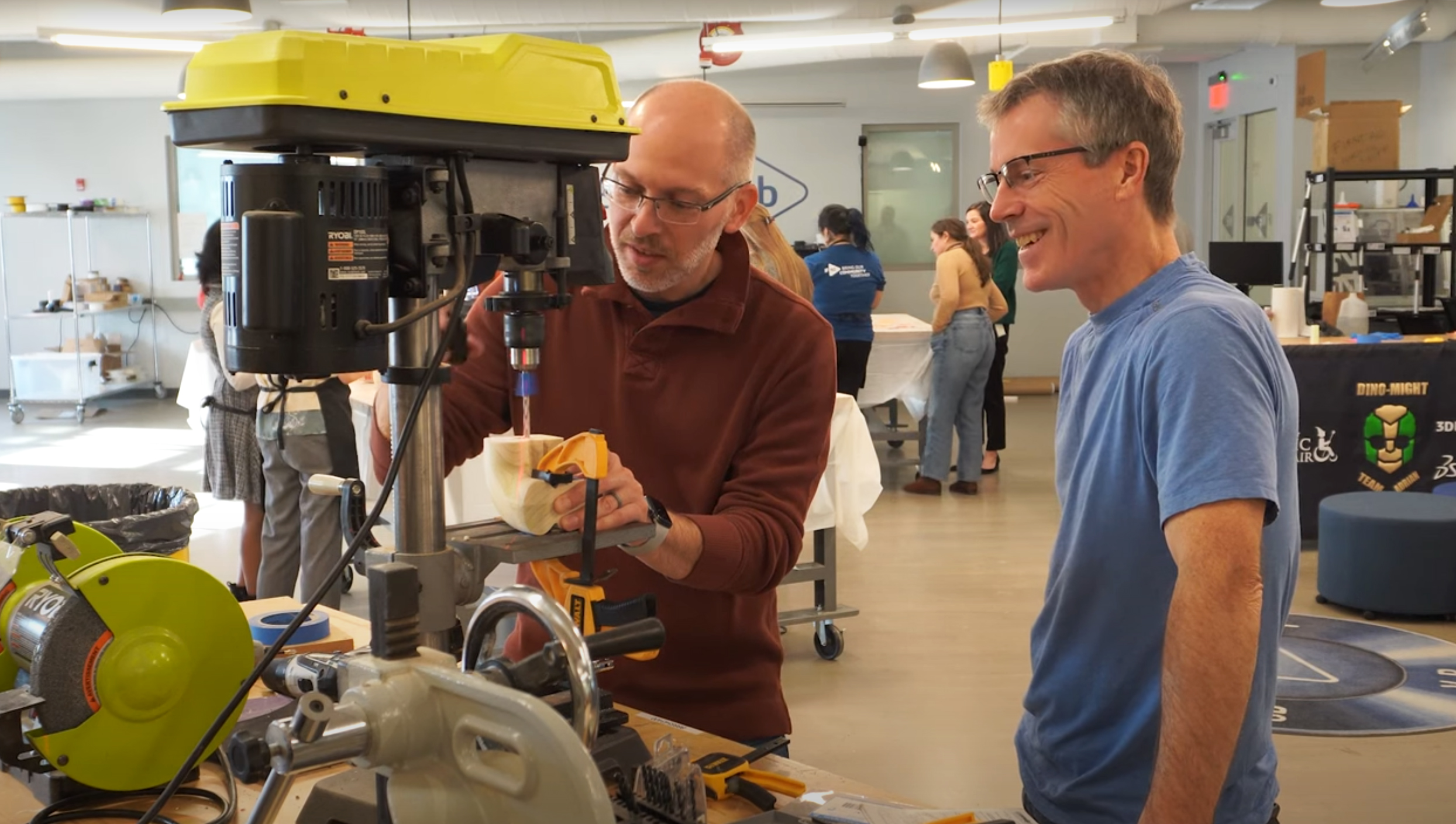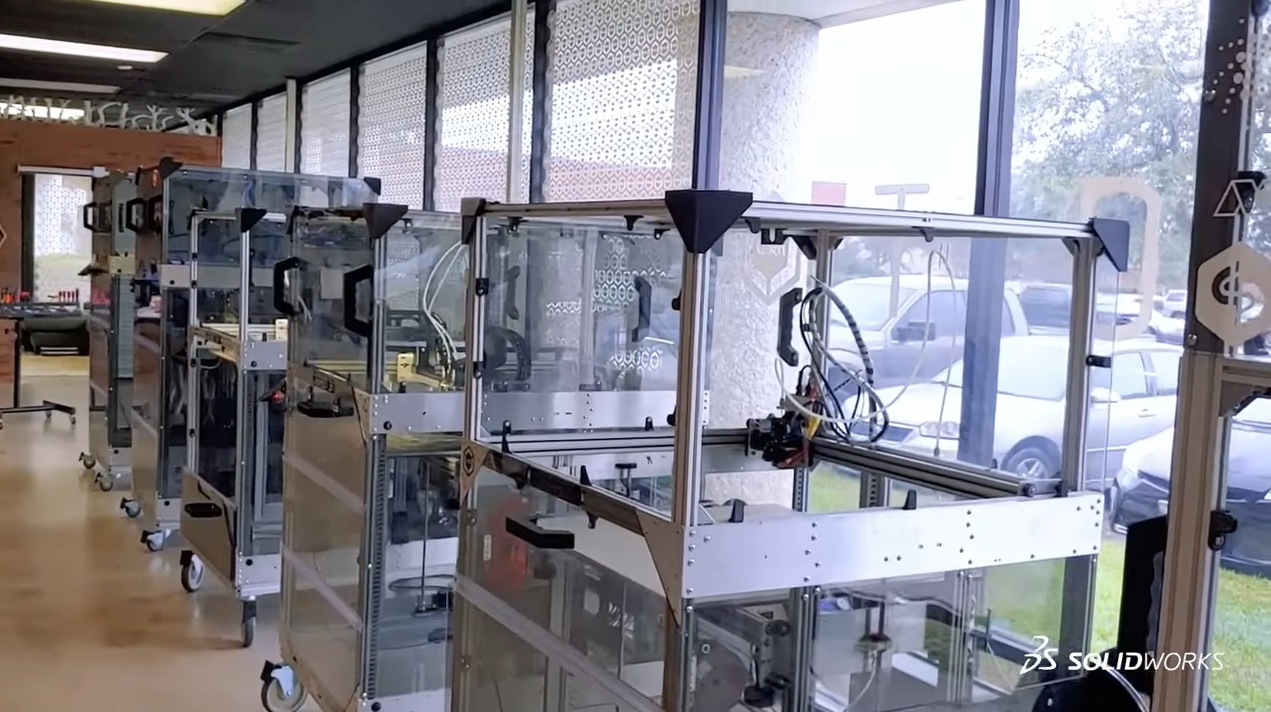Top Ten Enhancements in SOLIDWORKS Simulation 2024
The new releases of SOLIDWORKS drop this time of year, so it’s a good time to remind you about some of the top enhancements in SOLIDWORKS Simulation from 2023, that I hope you are making use of today. From creating custom bearing connectors by specifying stiffness in compression, tension, and bending to experiencing an accelerated, blended, curvature-based mesh process for parts and assemblies with identical bodies, and more. Learn how you can gain easier setup and faster simulation and save time with a more robust and efficient mesh process.
Let’s break down a few of the top 10 enhancements in SOLIDWORKS Simulation 2024:
- Enhanced Bearing Connectors – achieve more accurate setups with additional connector options. This year we added the introduction of Distributed coupling and Tilt stiffness bearing connectors so you can easily create custom bearing connectors by specifying stiffness in compression, tension, and bending. The bearing connector enhancements are available for Linear static, Frequency, Buckling, and Linear dynamic studies. The new connectors help improve simulation accuracy by adding custom compliance to nonlinear and large displacement studies.

- Mesh Performance Improvements – save time with a more efficient mesh process. In Finite Element Analysis (FEA), the mesh is key, and a bad mesh and too dense a mesh results in an overly long solve time. With this year’s enhancements in SOLIDWORKS Simulation, you’ll experience an accelerated, blended, curvature-based mesh process for parts and assemblies with identical bodies. An improved mesh algorithm identifies identical parts that are repeated in an assembly. The algorithm reuses the same mesh for the identical parts instead of meshing each of them independently, saving you time. To use the improved mesh algorithm, from the Default Options > Mesh dialog box, select “Reuse mesh for identical bodies (Blended curvature-based mesher only).
- Save Model on Solve Completion – protect your data from unexpected crashes with automatic saving. You can set up the system to automatically save a model file after the meshing and analysis processes are finished. To turn on automatic saving of a model file: Go to System Options > General tab, select “Save file after meshing and after the analysis completes.” Saving a model file automatically after meshing and after the completion of analysis prevents data loss in case of unexpected system crashes or power outages.
- Excluding Mesh and Results When Copying Study – set up multiple simulation scenarios faster. This one is another great time saver as you can exclude your mesh and results data when copying a simulation study to a new study. Copying studies is a common task when evaluating product performance over In addition, you can specify global default settings to include or exclude mesh and results when copying a study from the Default Options > Solver and Results > Copy study dialog box. For individual studies, you can modify the default settings for Include mesh and Include results in the Copy Study PropertyManager.

- Accuracy and Performance Enhancements – perform more accurate simulation studies and solve faster. There’s been several feature enhancements that improve the performance and accuracy of simulation studies including:
- Results from studies with remote displacements or remote rotations that are applied to large faces with the Distributed connection are more accurate. The solution time for these studies is shorter with the Intel Direct Sparse solver. In previous releases, when the number of coupling nodes was very large, only a subset of the coupling nodes participated in the distributed coupling constraints. In SOLIDWORKS Simulation 2024, the distributed coupling constraints for remote displacements or remote rotations include all coupling nodes.
- Running larger linear dynamic studies is more efficient. The stress calculation of larger linear dynamic studies is optimized because of improved memory allocation by the solver.
- Improved memory estimate, allocation, and management by the solver allows the completion of large surface-to-surface bonded interaction sets that previously failed because of insufficient memory.
That’s a glimpse of the top five enhancements.
To read the full article, click here.
Click here to learn more, get a quote, or contact an expert at The SolidExperts.




SUBMIT YOUR COMMENT